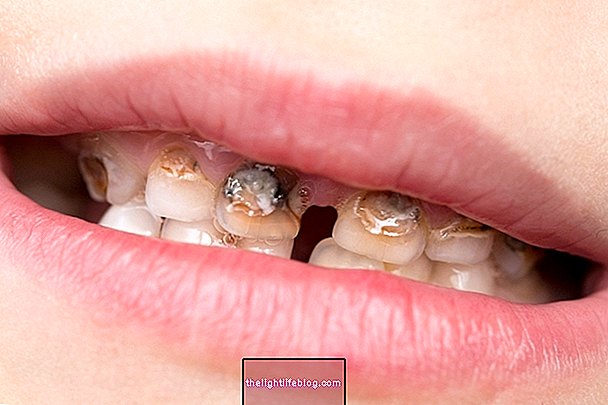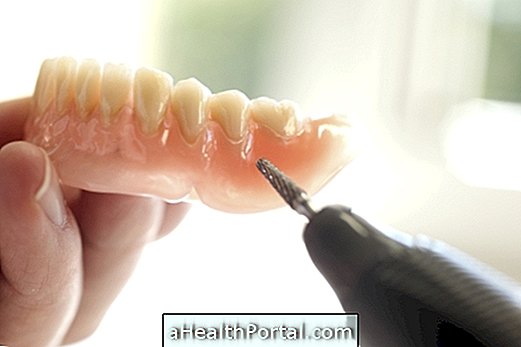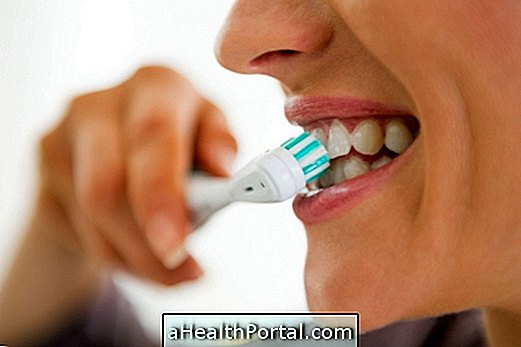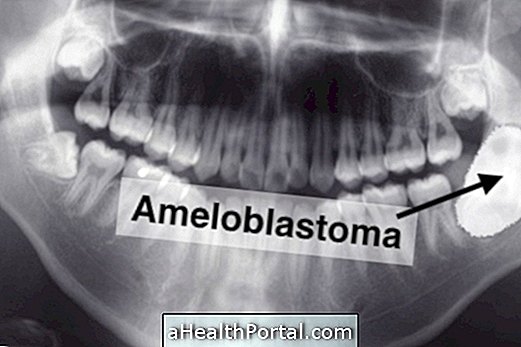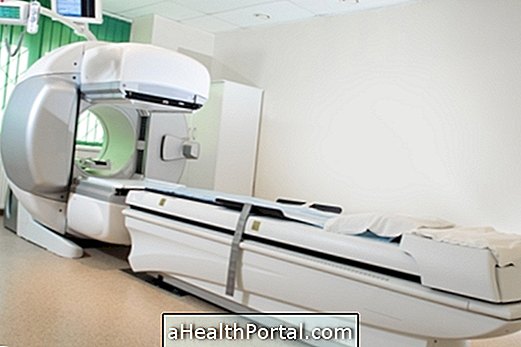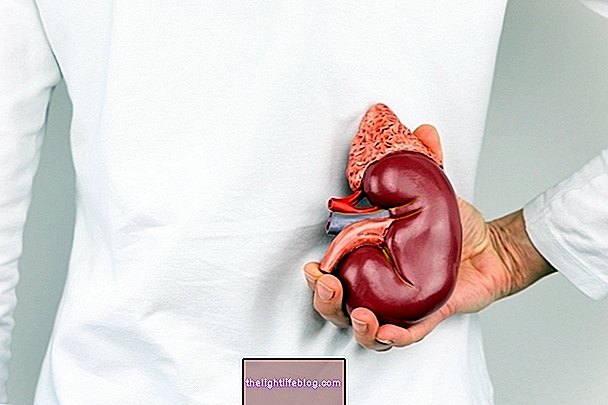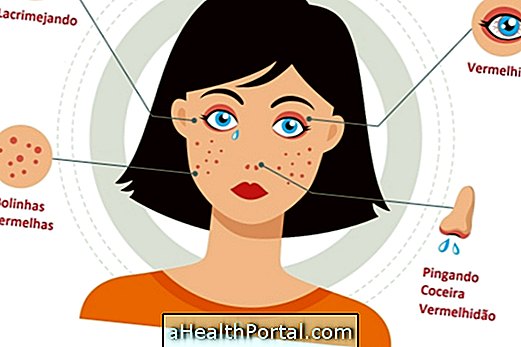Pericoronitis is a situation in which there is inflammation, accompanied or not by infection, in a tooth that is partially covered by the gums, resulting in pain, local swelling and, often, bad breath. Although pericoronaritis can happen in any tooth, it is more common to be noticed in the third molars, popularly known as wisdom teeth.
This situation occurs mainly due to the accumulation of rest of food that accumulates in the region and, because it is often difficult to access, brushing the teeth is not enough to remove them. Thus, it favors the proliferation of bacteria, resulting in inflammation and infection.
The treatment for pericoronitis is done as instructed by the dentist, and the use of anti-inflammatory drugs and analgesics is usually recommended to relieve pain and, when there are no signs of infection, the removal of excess gums or wisdom teeth may be recommended.

How the treatment is done
The treatment for pericoronitis is done according to the dentist's guidance, with the use of anti-inflammatory drugs and analgesics to reduce swelling and relieve pain, such as Ibuprofen and Paracetamol, for example, usually being indicated. When there are signs of infection, the dentist may recommend the use of antibiotics to fight the infection, such as Amoxicillin, for example.
When the inflammatory and infectious signs disappear, the dentist can choose to remove the wisdom tooth or perform the gingivectomy, which consists of removing the excess gum, facilitating the tooth to exit.
The treatment of pericoronaritis usually lasts a few days, however, if it is not done correctly or teeth cleaning is not done or done incorrectly, there may be complications, such as serious infections, for example, which can prolong the time of treatment. Find out how oral hygiene should be done.
Home treatment
Home treatment can be done with the aim of relieving symptoms, but they are not a substitute for the dentist's guidance. To relieve swelling and pain, you can make a compress with ice water in the region for about 15 minutes.
In addition, you can rinse with warm water and salt, as they help to combat possible infectious agents and speed up the healing process, but this should only be done according to the dentist's guidance, otherwise it may aggravate the person's clinical condition.
Symptoms of pericoronitis
The symptoms of pericoronaritis appear mainly between the ages of 20 and 30, or earlier, which is the period in which normally the wisdom teeth start to appear and cause discomfort. Thus, pericoronaritis can be perceived through the following symptoms:
- Mild or radiating pain to the ears or head;
- Local swelling;
- Bad breath;
- Bleeding gums;
- Difficulty chewing or swallowing;
- Increased neck lymph nodes;
- Malaise;
- Low fever.
In addition, alveolitis is a sign of pericoronitis, which corresponds to infection and inflammation of the inner part of the bone to which the tooth fits. Understand more about alveolitis.
The diagnosis of pericoronaritis is made by the dentist based on the analysis of the symptoms presented by the person, as well as an evaluation of the gums and imaging exams, in which the position of the teeth in the dental arch is observed, in addition to the location and position of growth of the tooth. wisdom, helping the dentist to define the best form of treatment.
Was this information helpful?
Yes No
Your opinion is important! Write here how we can improve our text:
Any questions? Click here to be answered.
Email in which you want to receive a reply:
Check the confirmation email we sent you.
Your name:
Reason for visit:
--- Choose your reason --- DiseaseLive betterHelp another personGain knowledge
Are you a health professional?
NoMedicalPharmaceuticalsNurseNutritionistBiomedicalPhysiotherapistBeauticianOther

